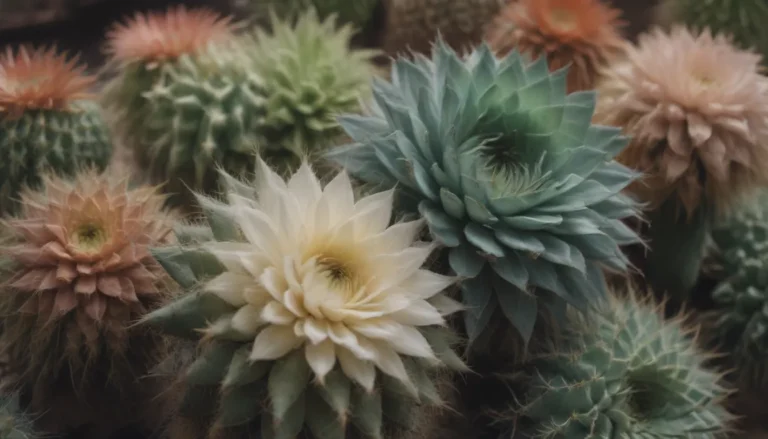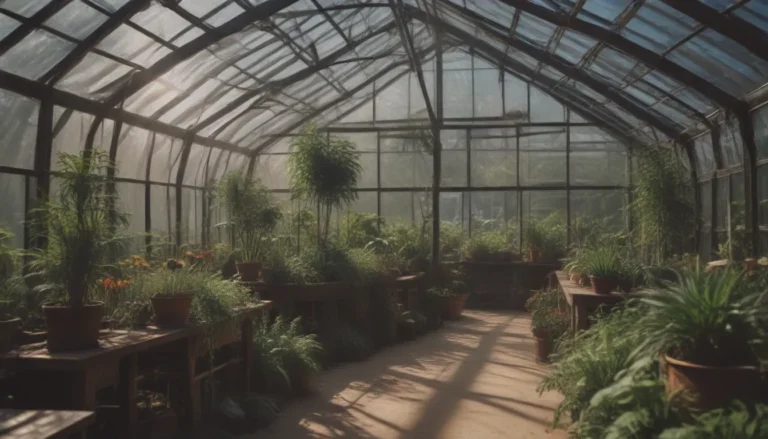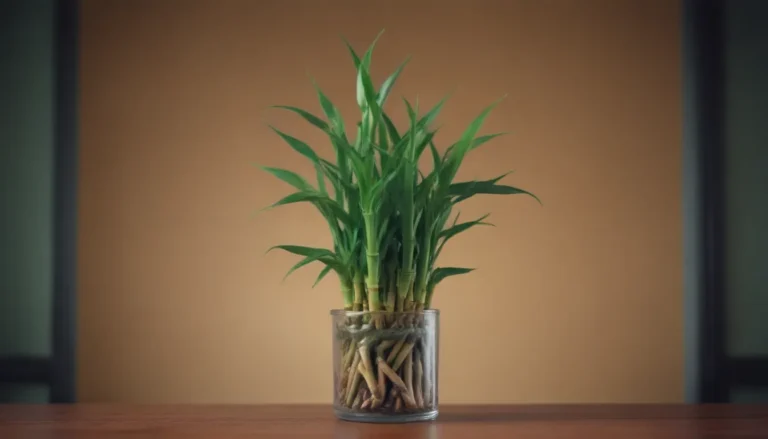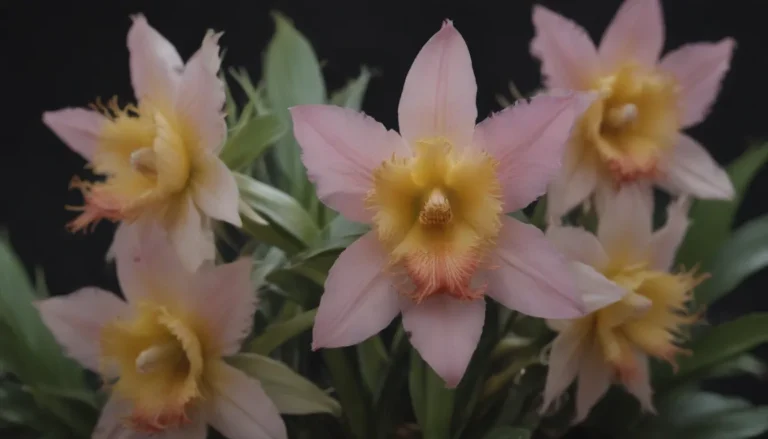Everything You Need to Know about Growing and Caring for Jacob’s Ladder (Greek Valerian)

Welcome to a comprehensive guide on how to grow and care for Jacob’s ladder, also known as Greek valerian. This beautiful woodland wildflower is a delightful addition to any garden, with its attractive bell-shaped flowers in a striking deep blue color. If you’re looking to add a touch of charm to your outdoor space, Jacob’s ladder is the perfect choice.
An Introduction to Jacob’s Ladder
Jacob’s ladder (Polemonium caeruleum) thrives in shady, moist conditions and requires only dappled sunlight, well-drained soil, and cool summer temperatures to flourish. Its unique name comes from the rung-like arrangement of its pinnate, light green leaves. This plant sends up clusters of flowers atop long stems in mid to late spring, providing a burst of color to your garden landscape.
- Direct seeding: Plant Jacob’s ladder in early spring for tall growth and blooms starting in mid-spring, continuing into the summer months. This allows you to enjoy their fragrant and wildlife-resistant flowers for an extended period.
Jacob’s Ladder Care Guide
To ensure your Jacob’s ladder plants thrive, it’s important to provide them with the right care and conditions. Here are the main care requirements for growing and caring for your Jacob’s ladder:
Light
- Jacob’s ladder plants prefer partial or dappled shade.
- Varieties with dark green leaves can handle more direct sun than variegated varieties, as long as the soil remains consistently moist.
Soil
- Plant Jacob’s ladder in loose, rich, well-draining soil that retains moisture without becoming waterlogged.
- While the plant is not overly particular about soil pH, it thrives best in relatively neutral or slightly acidic conditions.
Water
- Regular watering helps Jacob’s ladder plants bloom for a longer period and maintains their attractiveness through summer.
- Keep soil moisture levels consistent by watering regularly, but avoid creating soggy conditions. Increase watering during dry spells to keep your plants healthy and lush.
Temperature and Humidity
- Greek valerian prefers cool summer climates and may struggle in regions with high heat.
- Humid conditions can lead to leaf spot fungal diseases or powdery mildew, so monitor humidity levels around your plants.
Fertilizer
- Give your Jacob’s ladder plants a boost in early spring with a balanced fertilizer as new growth emerges.
- Feed them again after the faded flowers have been trimmed back to promote healthy growth and blooms.
Types of Jacob’s Ladder
When selecting Jacob’s ladder varieties for your garden, consider the following options:
– **Polemonium caeruleum ‘Album’
– P. caeruleum ‘Bambino Blue’
– P. caeruleum ‘Snow and Sapphires’
– P. reptans ‘Stairway to Heaven’
Polemonium Reptans vs. P. Caeruleum
A closely related plant, Polemonium reptans, offers a similar appearance to P. caeruleum but is shorter and more tolerant of cool conditions. While it is a short-lived perennial that behaves like a biennial, it readily self-seeds to spread in your garden.
Pruning Tips
Jacob’s ladder generally requires minimal maintenance, but you may need to prune the foliage if it starts looking tattered. Trimming back damaged leaves encourages new growth, keeping your plants healthy and attractive.
Propagating Jacob’s Ladder
You can easily propagate Jacob’s ladder through division. Divide mature plants every three to four years to prevent them from dying out in the center. Early spring is the best time to divide these plants for successful propagation.
How to Grow Jacob’s Ladder From Seed
If you have Greek valerian plants in your garden, they will self-seed naturally. Alternatively, you can collect seeds from flower heads to replant them in other areas. Direct seed Jacob’s ladder in either spring or fall for best results.
Overwintering Tips
Prepare your Jacob’s ladder plants for winter by cutting them back completely after the first frost in fall. Adding a thin layer of compost over the roots helps nourish the soil, preparing it for the plants’ growth in the coming spring.
Common Pests & Plant Diseases
While Jacob’s ladder plants are generally low-maintenance, they can face issues with pests and diseases when stressed. Keep an eye out for common problems such as leafminers, slugs, leaf spot, and powdery mildew, and take appropriate measures to address them promptly.
To be continued…





